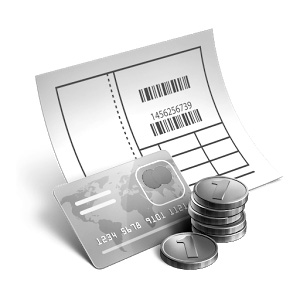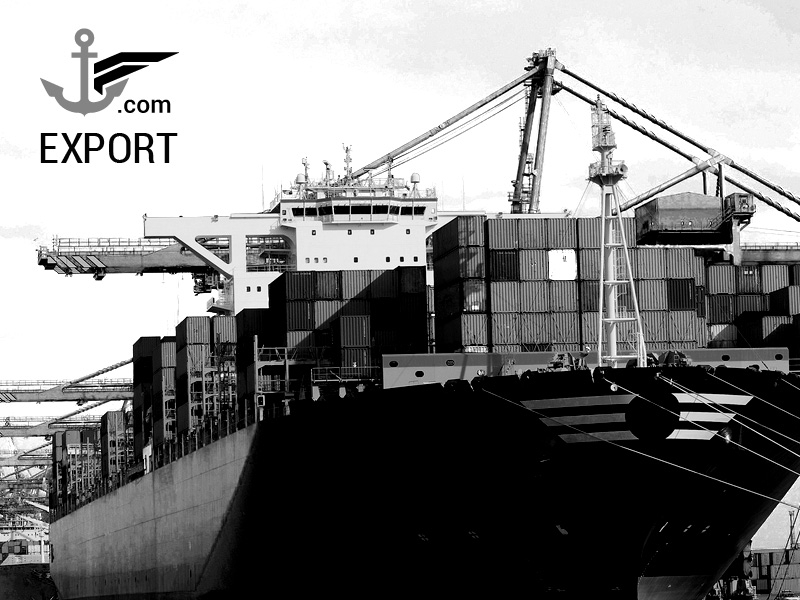Commercial and transportation documents in the process of import – a packing list
We have bought goods and received a commercial invoice, and what next…? A pair for a commercial invoice is a packing list. A packing list is just a list of goods appearing on the invoice. A content of these two documents, to a certain extent, should be identical, and in some the documents should mutually complement each other.
So, a PERFECT packing list should comprise the following items:
– A number and a date of issuing,
– A reference to an invoice number (e.g. related to the commercial invoice number XXXX)
– Data on a consignor (a repetition from an invoice),
– Data on consignee (a repetition from an invoice),
– The terms of delivery (a repetition from an invoice),
– A description of a transaction subject (a repetition from an invoice),
– A quantity of goods – in units and in total,
– A quantity of packages – in units and in total,
– A kind of packages,
– A unit net/gross weight,
– A total net/gross weight,
– A load volume.
You may ask what is the reason to state all of that? I will answer hastily  For the Customs Office! Certainly, you know what you have bought and in which quantity. But for the Customs Services of our beloved country your knowledge is INSUFFICIENT and they have to have it in the written form.
For the Customs Office! Certainly, you know what you have bought and in which quantity. But for the Customs Services of our beloved country your knowledge is INSUFFICIENT and they have to have it in the written form.
What gives us such a packing list? Well, contrary to what might seem, it gives a lot of important information. Let us focus on the most important:
1. The net/gross weight of individual goods items
When making a “single-position” customs clearance where the whole commercial invoice is for the one kind of goods it has no significant meaning. But a play starts when on the invoice (and consequently on the packing list) there is more than one tariff item. Our Polish customs legislations requires giving a NET weight for each used HS code. In what manner you would be able to provide these information to the Customs Office if not by a precisely prepared packing list? The gross weight of individual items should, of course, sum up for the total weight which also appears on other documents – ,e.g. a bill of landing, a certificate of origin, etc. I do not need, of course, to mention that weights should be identical in all documents? Thank you 
2. A load volume
The next important issue is a load volume. And again – it is not so significant when dealing with FCL shipments, but in LCL it has – and a significant meaning. As you probably know (and if not I will write about it in future) transport rates in the LCL shipments are calculated on the basis of the weight/measure stowage factor. What it is? A carrier who makes an evaluation of our freight takes data which is more favourable for him – that is for 2m3 and 1 tonne he will take 2m3 as a basis for calculating a carriage, and in the case of 1m3 and 2 tonnes he will use a weight. How can we prove that we are not camels when we have a not properly prepared packing list? Hmmm, … it is possible, but it will take our time, energy, and health. I probably do not need to add that a volume of the individual items should summarize for a total volume which should be also compatible with an note in, e.g. a bill of lading? Thank you 
3. A kind of packaging
The issue of a packaging indicated on the packing list is not a matter of an accident and has important consequences. If you have on this document that your goods are on the pallets, you can be sure for 100% that the Border Inspectorate of Plant Health and Seed Inspection will examine in terms of proper markings. What does it serve for? Apparently, for protecting our plant resources against potential “threat” of the foreign pests – I will not argue with that.
A properly market pallet should have a burn out mark:
A kind of packaging and a quantity should also be in line with a freight paper!
Complying to a so called requirements allows you for a problem-free IPHSI border clearance, and a customs clearance, too.
I encourage you to pre verify each commercial document you have since at the initial stage of shipping it can be exchanged for “a more proper”, what sometimes is later more problematic.
If you have any doubts concerning a quality of your documentation – I invite to send it for an analysis at info@seaoo.com. We will help you to assume if that what you receive from your commercial partners meets requirements of the Polish and European Union legislation in respect to the import documentation.
This is the end of my today’s considerations since probably I have been boring a little bit. After a few days I invite you to an article about a certificate of origin. It will be happening again…





